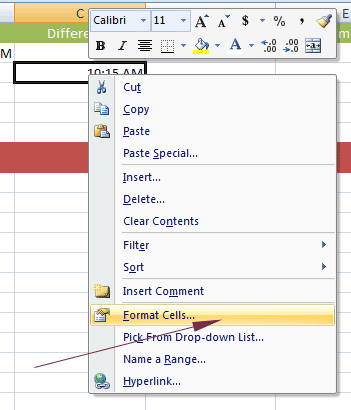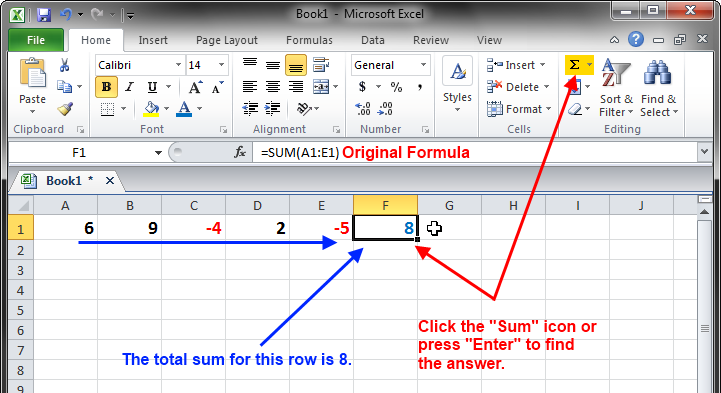


31st May)Ĭolumn D – total number of how much of each product sold (Prod. 1st May)Ĭolumn C – how much of the products you have left.

names)Ĭolumn B – how many you had on hand at the start of the month? (Inv. So, if you are creating an inventory spreadsheet, you may have the worksheet set up as follows.Ĭolumn A – the list of products in your inventory. To subtract a range of cells, you need to create a formula. To extend this idea even further, we can subtract a range of cells, which means subtracting one bunch of numbers from another bunch of numbers. For example, if we change cell A1 to the number 50, then C1 updates automatically like this. What’s so great about this? Well, the main benefit is that we have set up a formula in cell C1, so if any of the values change, we don’t have to re-do the subtraction formula again. Just hit enter, and Excel gives the result. Now, this time we are going to put the names of the cells, NOT the actual values, so we write:Įxcel is very clever and knows you are talking about cells rather than a number, and what you will notice is in versions of Excel 2007 onwards, Excel likes to color the cells you are referring to in your formula to help you see what’s going on as you are working through it. Excel doesn’t mind which cell you put the formula in, but my recommendation is always to make things easy and organized for yourself, so let’s go with cell C1 to put our subtraction formula. Now, let’s put a formula in another cell. So, let’s enter the number ‘20’ in cell A1 and enter 10 in cell B1

Now that we have the basic idea in place, let’s go one step further let’s put our values in two different cells and subtract the cells. If you click back on the cell with your equation and look above in the formula bar, you can see what you originally entered. So for the example above, you will see the number ten (10). Once you’ve moved out of the original cell, the sum of the equation will be what is showing. You can then either press tab to move the cursor to the cell on the right or enter to move to the cell below. ( Note: Cell A1 means the rectangle which corresponds to column A and row 1)


 0 kommentar(er)
0 kommentar(er)
